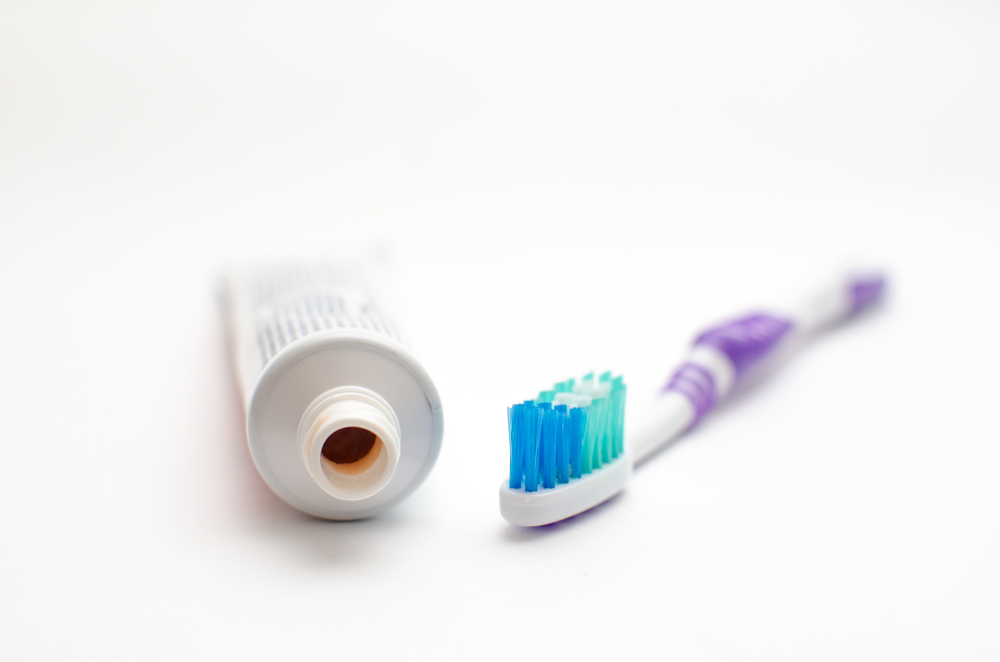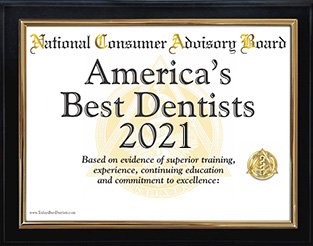
Does Fluoride Really Help Protect Teeth?
The question “Does fluoride really help protect teeth?” has been a subject of considerable discussion in both dental science and public health spheres for decades. While fluoride is a naturally occurring mineral present in water, soil, and certain foods, its role in dental health has brought it to the forefront of preventative medicine. With widespread usage in toothpaste, public water fluoridation programs, and even professional dental treatments, fluoride is almost synonymous with oral hygiene. However, understanding whether fluoride genuinely offers protection for teeth requires an exploration of its biochemical effects, historical usage, scientific studies, and the growing debate around its safety and effectiveness.
The Science Behind Fluoride and Tooth Protection
To comprehend whether fluoride really helps protect teeth, it’s crucial to first understand the biology of tooth decay and the mechanism through which fluoride acts. Tooth decay, or dental caries, is caused by acids that form when plaque bacteria break down sugars in the mouth. These acids erode the tooth enamel—the hard, outer surface of the tooth—leading to cavities.
Fluoride’s main role in dental care is to make the enamel more resistant to acid attacks. It achieves this by aiding in the remineralization process. Enamel, when exposed to acid, loses minerals such as calcium and phosphate. Fluoride helps to redeposit these lost minerals back onto the tooth surface, forming a compound called fluorapatite, which is more resistant to acid than the original enamel material.
Moreover, fluoride has been shown to inhibit the activity of the bacteria that produce acid in the mouth. This two-fold mechanism—strengthening enamel and reducing bacterial activity—forms the scientific basis for fluoride’s role in cavity prevention.
Historical Context and Widespread Adoption
The use of fluoride in public health initiatives began in the early 20th century, sparked by observational studies in the United States. Dentists in Colorado noted that children who drank water with naturally occurring fluoride had fewer cavities, despite the presence of cosmetic dental fluorosis. These findings led to controlled trials, such as the famous Grand Rapids experiment in Michigan in 1945, where fluoridated water was supplied to a population for long-term study. The results showed a dramatic decrease in cavity rates among children, leading to the widespread implementation of water fluoridation programs.
By the mid-20th century, fluoride had found its way into toothpaste formulations, mouth rinses, and professional dental treatments. Organizations like the American Dental Association (ADA), the World Health Organization (WHO), and the Centers for Disease Control and Prevention (CDC) endorsed fluoride as a key public health measure in the fight against dental caries. In fact, the CDC named water fluoridation one of the ten great public health achievements of the 20th century.
This long history of use and widespread endorsement provides strong support for the idea that fluoride truly does help protect teeth, especially in populations without regular access to dental care.
Modern Evidence and Ongoing Research
Despite its long-standing reputation, the question “Does fluoride really help protect teeth?” remains relevant as new research continues to evaluate fluoride’s efficacy and safety. Numerous systematic reviews and meta-analyses have been conducted to assess the effectiveness of fluoride in reducing dental caries. These studies consistently show that fluoride use, whether through water fluoridation, toothpaste, or professional application, significantly reduces the incidence of cavities across various age groups.
For example, a 2015 Cochrane review analyzing 20 studies involving over 70,000 children found that water fluoridation reduced the number of decayed, missing, or filled teeth in children by 35%. Similar benefits have been found with fluoride toothpaste, with studies indicating a 24% average reduction in caries among users.
Moreover, fluoride varnishes and gels used in clinical settings are particularly effective for individuals at high risk for tooth decay. These high-concentration applications provide prolonged contact between fluoride and the tooth surface, enhancing the protective effect.
However, as dental health improves overall due to better hygiene and diet, the relative benefits of fluoride may appear less dramatic in modern populations compared to mid-20th-century communities. This has sparked discussions about optimal fluoride levels in water and the necessity of universal fluoridation programs in developed regions.
Health Concerns and Controversies
Despite overwhelming scientific consensus on fluoride’s benefits, it has not escaped controversy. Concerns about fluoride toxicity and potential health risks have led some communities and countries to question or even ban water fluoridation. Critics argue that excess fluoride exposure can lead to dental fluorosis—a condition that causes discoloration and pitting of the teeth—and, in rare cases, skeletal fluorosis, which affects bones and joints.
Opponents also raise concerns about possible links between fluoride and various systemic health issues, including thyroid dysfunction, neurological development issues in children, and reduced IQ. While some animal studies and observational research have raised questions, large-scale human studies have not consistently demonstrated a causal link between typical fluoride exposure and these health effects.
Public health authorities, including the CDC and WHO, maintain that fluoride levels used in community water systems and dental products are well within safe limits. The U.S. Department of Health and Human Services has established a recommended fluoride concentration of 0.7 milligrams per liter in drinking water, balancing efficacy with safety.
These ongoing debates underscore the importance of personalized care and informed decision-making. While fluoride clearly benefits dental health at the population level, individuals concerned about overexposure—especially parents of young children—should consult their dentists about appropriate use.
Alternative Approaches and Emerging Trends
In response to fluoride-related concerns, some consumers are turning to alternative dental care strategies. Non-fluoride toothpastes containing ingredients like hydroxyapatite, xylitol, and herbal extracts are gaining popularity. Hydroxyapatite, in particular, mimics the natural mineral composition of enamel and has shown promise in promoting remineralization and cavity prevention, although more long-term studies are needed.
Dietary approaches to dental health are also gaining attention. Reducing sugar intake, eating mineral-rich foods, and maintaining good oral hygiene habits can all significantly reduce the risk of cavities. Proponents of natural dental care argue that a holistic approach—combining diet, hygiene, and lower-risk dental products—can be effective without the need for fluoride.
Nonetheless, these alternatives have not yet been shown to match fluoride’s efficacy in large-scale studies. For now, fluoride remains the most extensively researched and proven method of cavity prevention.
A Well-Earned Reputation with Room for Nuance
So, does fluoride really help protect teeth? The answer, based on decades of scientific research and public health experience, is a resounding yes. Fluoride strengthens enamel, reduces acid-producing bacteria, and plays a critical role in reducing dental caries, particularly in vulnerable populations. It is one of the most effective and accessible tools in modern dentistry.
However, like any health intervention, fluoride use requires balance and context. It’s not a one-size-fits-all solution. While safe for the majority, it’s essential to monitor dosage—especially in children—to avoid overexposure. The rising popularity of fluoride-free alternatives and holistic dental approaches highlights the evolving nature of oral care and the desire for individualized solutions.
Ultimately, fluoride’s role in dental health is well-supported by science, but ongoing research and patient education will ensure its use remains safe, effective, and responsive to modern concerns. Whether in a public water system, a tube of toothpaste, or a dental office varnish, fluoride continues to stand as a cornerstone of preventive dentistry—proving that it indeed helps protect teeth, and does so in more ways than one.
Need a Dentist Office Near You?
At The Smile Spa of North Jersey, LLC, we’re here to provide the personalized, high-quality dental care you deserve in a space where your comfort always comes first. Whether you’re due for a routine checkup or need more specialized treatment, our friendly and experienced team is ready to support your wellness journey every step of the way. Reach out to us today—we’d love to welcome you in, answer your questions, and help you rediscover your best smile.
Categorised in: Dental Health

